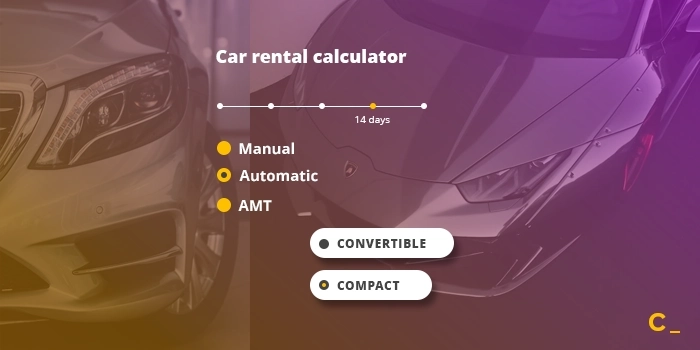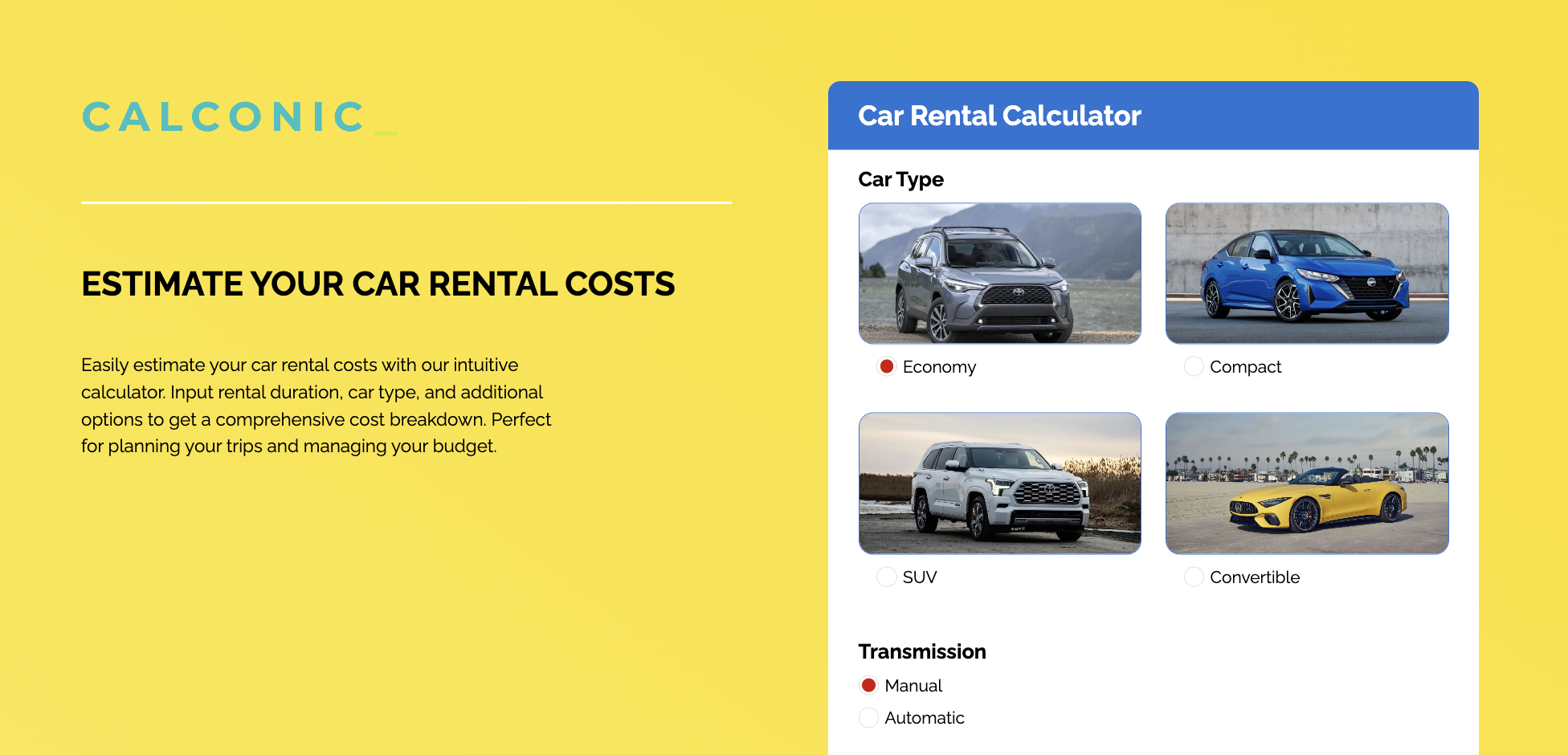Interactive Data Visualization Guide 2025

Data is everywhere, but making sense of it is the real challenge. That’s where interactive data visualization comes in. It’s more than just pretty charts—it’s about turning raw numbers into clear value propositions your audience can explore, understand, and act on.
This article explores how interactive calculators transform data visualization for external audiences, why they are essential, and how businesses can leverage them to build trust, increase engagement, and drive conversions.
What is interactive data visualization?
Interactive data visualization is the process of presenting complex data in a visual format that users can explore, manipulate, and customize in real time. Unlike static charts or graphs, interactive data visuals respond to user input, allowing deeper exploration through filters, zooming, tooltips, and clickable elements.
How Is Interactive Data Visualization Used?
Interactive visuals are rapidly gaining popularity across various types of business websites, from complex data-driven platforms to simple small-business websites. In the past, creating interactive data visualizations required significant resources and was mostly reserved for complex use cases like big data presentations, financial analysis, or market research.
However, advances in technology have made interactive visuals more accessible, enabling even small businesses to use them for better customer communication. Businesses have realized that clear, engaging visuals simplify product presentations, pricing breakdowns, and value propositions—ultimately driving better customer engagement and higher conversions.
So now interactive data visualization is focused on simplicity, but can be used for both - internal and external business communication:
| Aspect | Internal Use | External Use |
|---|---|---|
| Audience | Business teams & executives | Customers, prospects, investors |
| Purpose | Decision-making & data insights | Product & value communication |
| Data Complexity | Detailed, complex datasets | Simplified, customer-friendly data |
| User Experience | Designed for data analysts & managers | Designed for easy public interaction |
| Tools & Features | Advanced analytics, real-time tracking | Calculators, configurators, visual guides |
| Outcome | Better decisions, operational insights | Higher sales, improved customer trust |
Why interactive visuals work?
Traditional methods of presenting data—static graphs, tables, or text—often fail to resonate with modern audiences. Interactive data visualization overcomes these limitations by making data dynamic, accessible, and engaging. Tools like interactive calculators take this concept even further by allowing users to input their own information and receive personalized results.
Here’s why they are so impactful:
1. Enhanced Engagement Through Dynamic Interactivity: Interactive calculators combine the power of interactive visuals with user-driven input, creating a personalized experience. Instead of passively observing data, users actively explore it. For instance, a pricing calculator lets users adjust variables like usage levels or location to see real-time cost estimates.
2. Simplifying Complex Data: Large datasets often feel overwhelming. Calculators simplify this complexity by using interactive data visualization to break down information into manageable steps. For example, a solar savings calculator uses conditional logic to display only relevant data based on the user’s energy usage and location.
3. Building Transparency and Trust: Interactive calculators demonstrate transparency by showing the logic behind calculations. By leveraging interactive visuals, businesses can showcase their expertise and commitment to accuracy, especially in industries like finance or sustainability.
4. Improved Storytelling and Usability: Interactive data visualization tools help tell a story by guiding users through a journey. For instance, a carbon footprint calculator might show users the impact of their lifestyle choices and offer actionable recommendations, making the data both relatable and actionable.
Web Calculators as interactive data visualization tools
Interactive calculators are more than simple number-crunching widgets. By combining interactive visuals with calculation logic, these tools provide users with personalized results, helping businesses explain costs, product options, and potential returns in a highly engaging and transparent way.
Dynamic Inputs and Real-Time Calculations:
Example: A solar ROI calculator takes user input like home size, average electricity usage, and location to calculate energy savings.
Visual Representations of Results:
Example: A savings calculator could display a graph showing long-term savings, illustrating the financial impact visually rather than through text alone.
Product Configuration and Comparison Tools:
Example: A product configurator calculator for an online store shows real-time updates in price, features, or appearance as users customize their selections.
Personalized Recommendations:
Example: A business loan calculator provides personalized loan terms based on user-entered credit score, income, and repayment preferences.
Calculator features that bring clarity and incentivize action
1. Conditional Visibility: By displaying only relevant data and results, calculators keep the experience streamlined. Conditional logic ensures users aren’t overwhelmed, making the tool feel intuitive.
2. Multistep Interactivity: Breaking the process into steps improves usability and makes the experience more engaging. Multistep calculators guide users through options in an organized and playful way.
3. Flexible Layouts for Clear Presentation: Interactive calculators use flexible layouts to organize data visually, helping users focus on key takeaways.
4. Visual Elements for Better Understanding: Using images, icons, and graphs enhances the overall user experience. For example, a mortgage calculator might include visual sliders to represent loan amounts or repayment terms, making the tool both functional and visually appealing.

Interactive data visualization with web calculators: examples by the big brands
Tesla’s charging calculator
Campaign Purpose: Tesla integrated an electric vehicle savings calculator into its marketing campaigns to highlight the cost savings of switching to an electric vehicle.
How It Worked: Users input their location, driving habits, and electricity rates. The calculator showed their estimated fuel savings compared to traditional vehicles and included details on incentives or rebates available in their region. This tool provided clear, data-backed arguments for purchasing a Tesla, helping potential customers overcome cost-related objections.
TIAA Retirement Income Calculator
Campaign Purpose: TIAA created a retirement income calculator as part of its efforts to educate customers about retirement planning and promote its financial products.
How It Worked: Users provided information about their savings, income, and financial goals. The tool generated personalized projections of retirement income and identified potential gaps in savings. This interactive tool helped TIAA position itself as a trusted advisor in retirement planning, while also generating high-quality leads for its financial advisors.
SunPower’s Solar Savings Calculator
Campaign Purpose: SunPower created an interactive solar savings calculator to promote the adoption of solar energy and its solar panel systems.
How It Worked: Users entered their address and monthly energy usage. The calculator estimated potential savings from switching to solar, factoring in local energy rates and government incentives. The tool educated potential buyers about the long-term benefits of solar energy and increased qualified leads for SunPower’s sales team.
Conclusion
Interactive calculators are a prime example of interactive data visualization done right. They combine user-driven interactivity with the power of interactive visuals to deliver meaningful insights and exceptional user experiences. Whether you’re aiming to increase customer engagement, build trust, or simplify complex data, calculators can help you achieve your goals.

